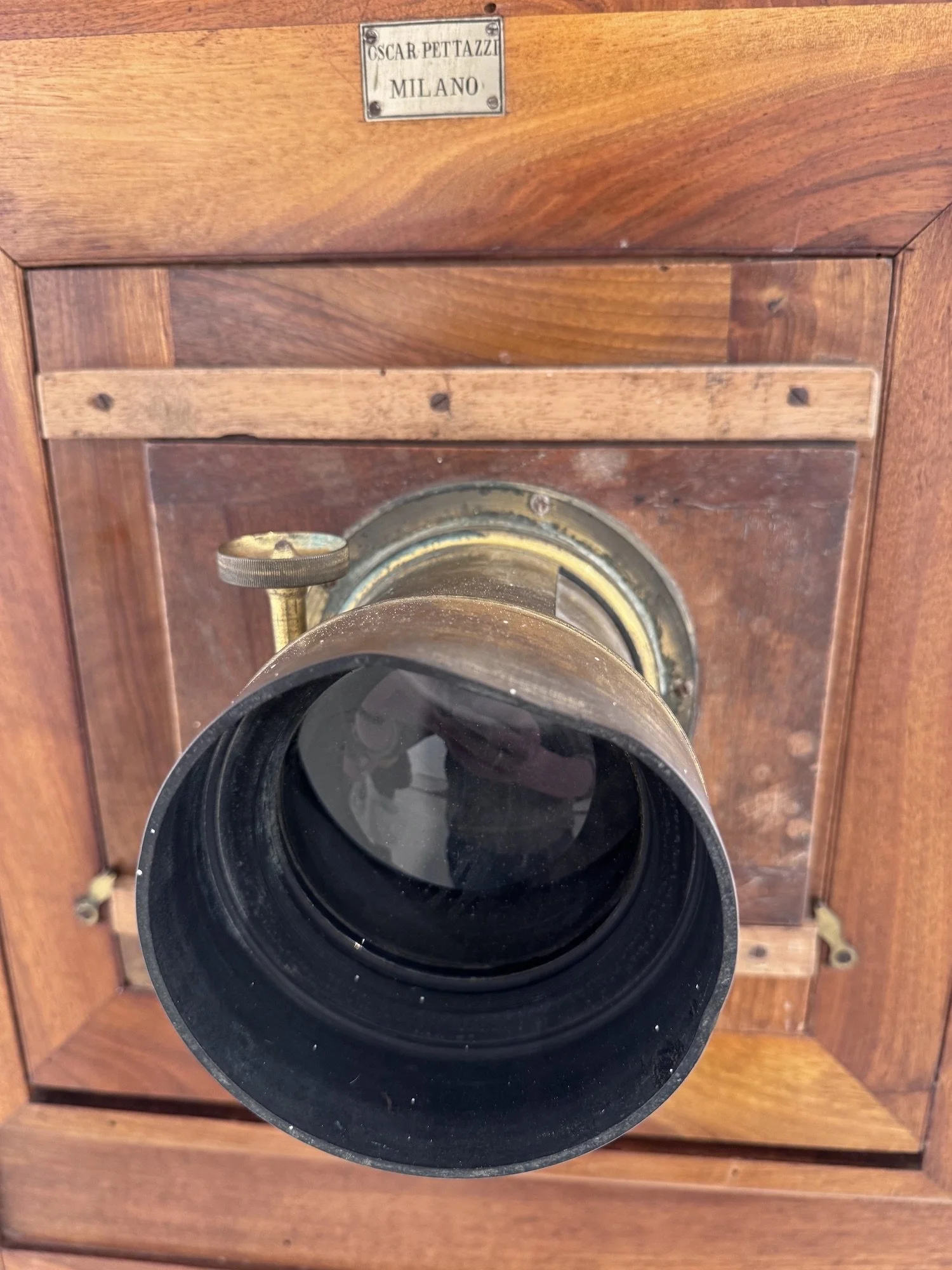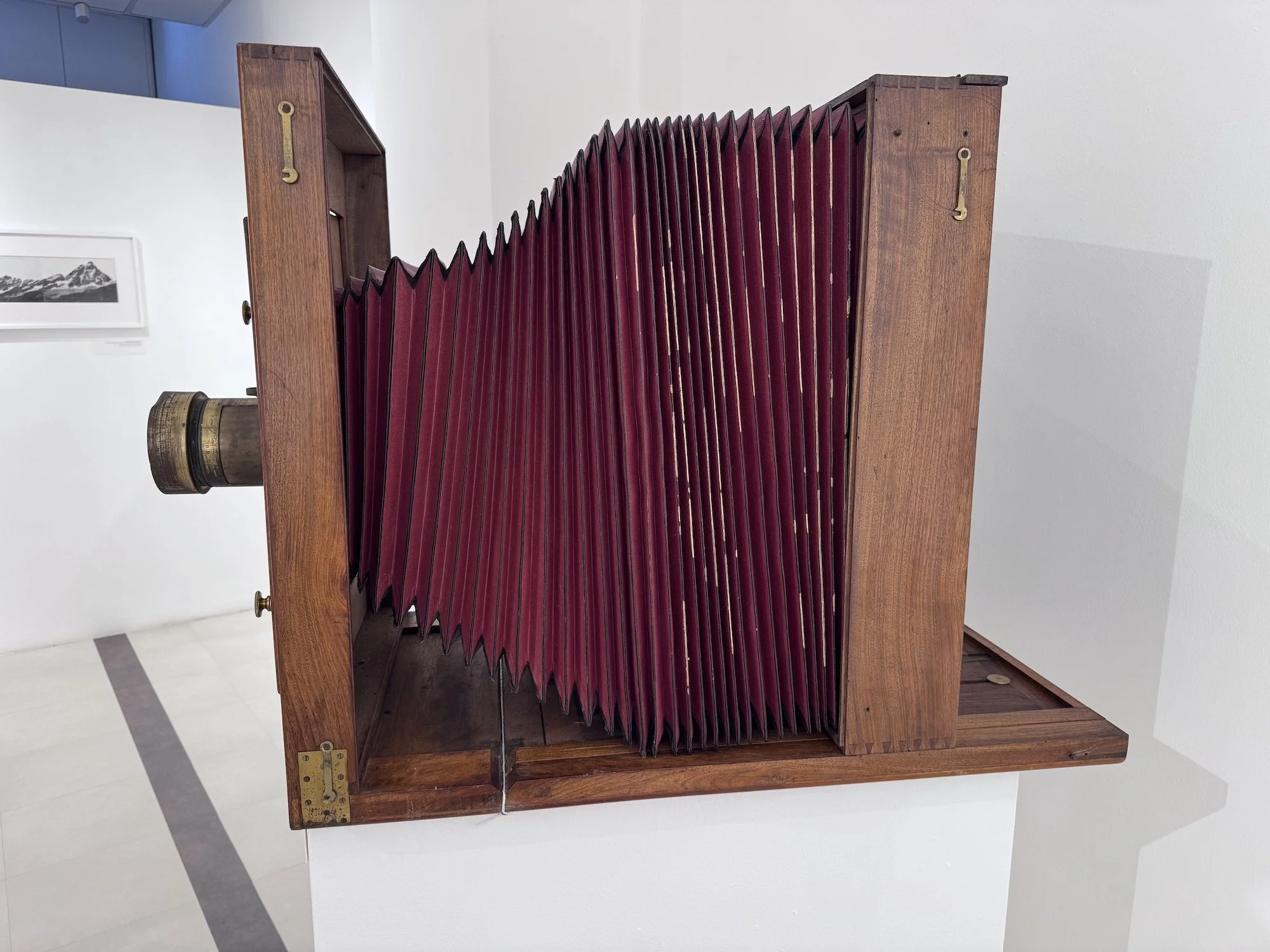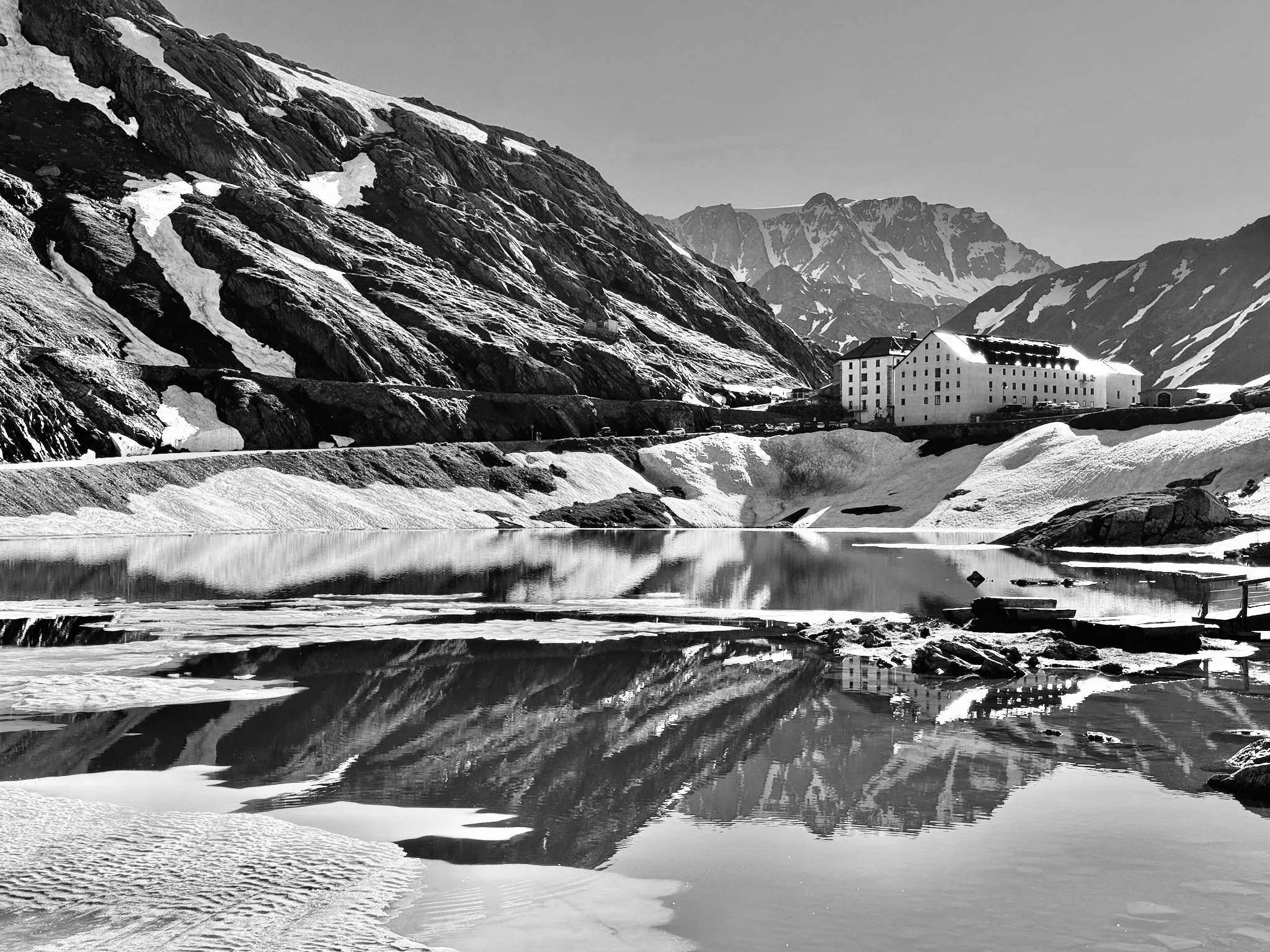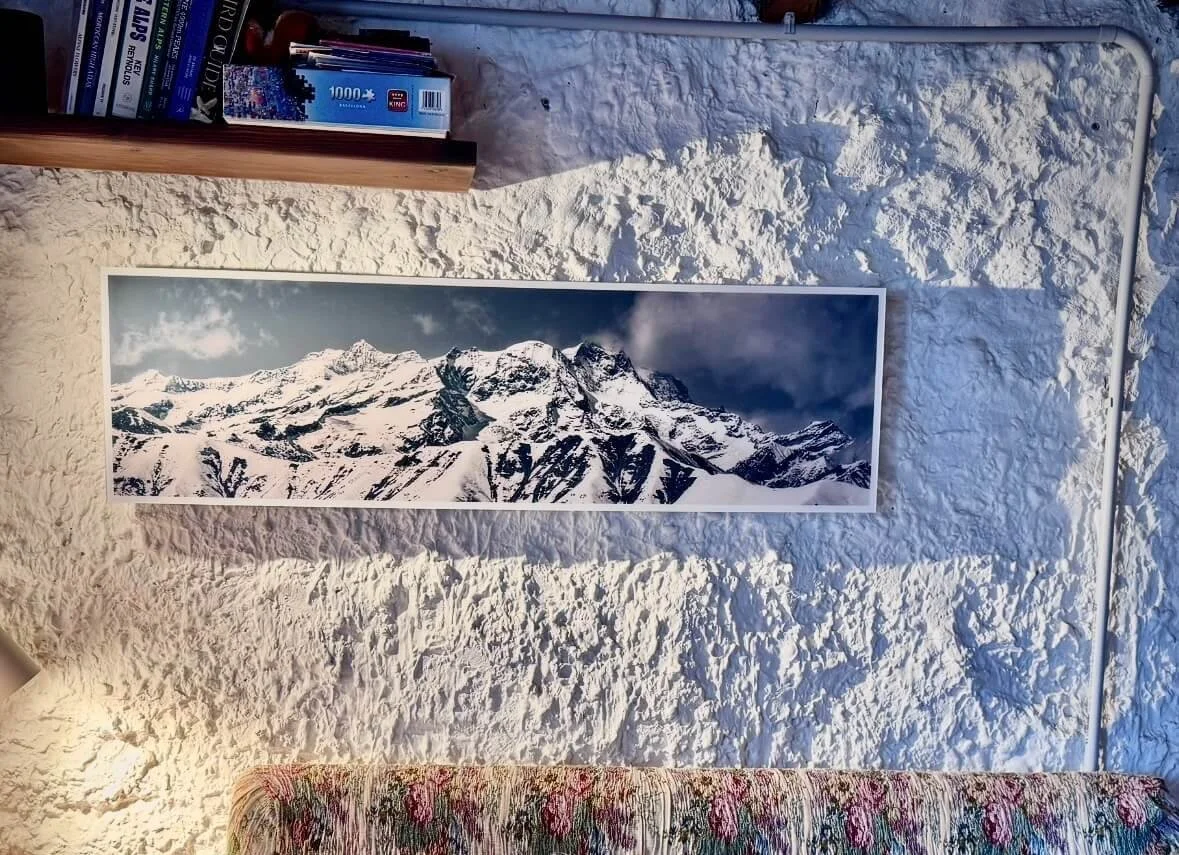Historical Images and Printing
My recent visit to A Little Cabin in the Alps reinforced to me, that although there are no 4000m peaks in the immediate vicinity of the cabin, that doesn’t mean it’s not in the Alps! I wrote about this a while ago over on the blog for the cabin itself - head over to it if you’d like to read a short piece, simply entitled, The Alps.
Anyway, what reminded me of the Alps as a subject, was a visit to a photographic exhibition down the road in the provincial city of Biella. The exhibition was largely featuring the mountain landscape works of the Italian photographer, Vittorio Besso (1828-1895).
Whilst I recognised many of the areas that Besso had taken his photographs with a huge plate camera, it was the significant retreat of the glaciers since his time that struck me in many of his images. Scenes that I “recognised” I barely did now, such is the demise of these rivers of ice that Victorian-age mountaineers crossed en-route to many of the first ascents of the Alps.
One photograph (around 1870) that was taken at the Col du Grand St Bernard featured the Hospice du Grand St Bernard, the lake and Mont Vélan in the background. The image reminded me of a photo that I had taken last July (2024) from a similar position to Besso. Compare Mont Vélan…
A couple of posts ago, I wrote about the 65:24 (XPan) format. As outlined in that piece, there are a few ways to achieve this format without owning an actual (film) Hasselblad or Fuji TX-1. One of these ways is to stitch multiple images and then crop in post. However, it’s all very well doing this and then sharing on-line but the real impact of the size is seeing it in print. I’ve written about my printing journey in previous posts, and investing in a Canon ImagePROGRAF PRO-300. The printer is great, prints up to A3+, as well as roll paper up to a maximum size (13” x 39” or 329mm x 990.60mm). However from an economic viewpoint, it is cheaper - although less satisfactory from a creative pov - to send off to a lab to get printed if it’s only a single image that you’re looking to get printed as a roll of 13” paper is costly.
I was also considering the humidity levels in the cabin (which is where I wanted the print to hang) and so opted for a Dibond with Acrylglas print with WhiteWall which I think will stand the test of time better than a print… The size of the print is 111cm long which again is really outside the capabilities of my printer.
The image is one that I’ve talked about at some length in an Instagram post. The south face of the Monte Rosa massif after a late winter snowfall in March 2024. The entire massif has more than a handful of 4000m peaks, the highest of which (Dufourspitze 4634m) is the second highest peak (after Mont Blanc) of the western Alps.
To describe Monte Rosa as a mountain is underplaying it given its enormity. Think of it as a sort of mini range all by itself given the number of 4000m peaks, the number of valleys radiating from the tops and the number of cultures and languages living in its shadows. Indeed, to walk around the massif, will see you covering more than 160 kms.
The finished photo comprises of 6 stitched images and, in the end, cropped to a slightly larger size than pure XPan dimensions due to the size of the wall that I wanted to hang the print.
Thanks for reading - until next time...






